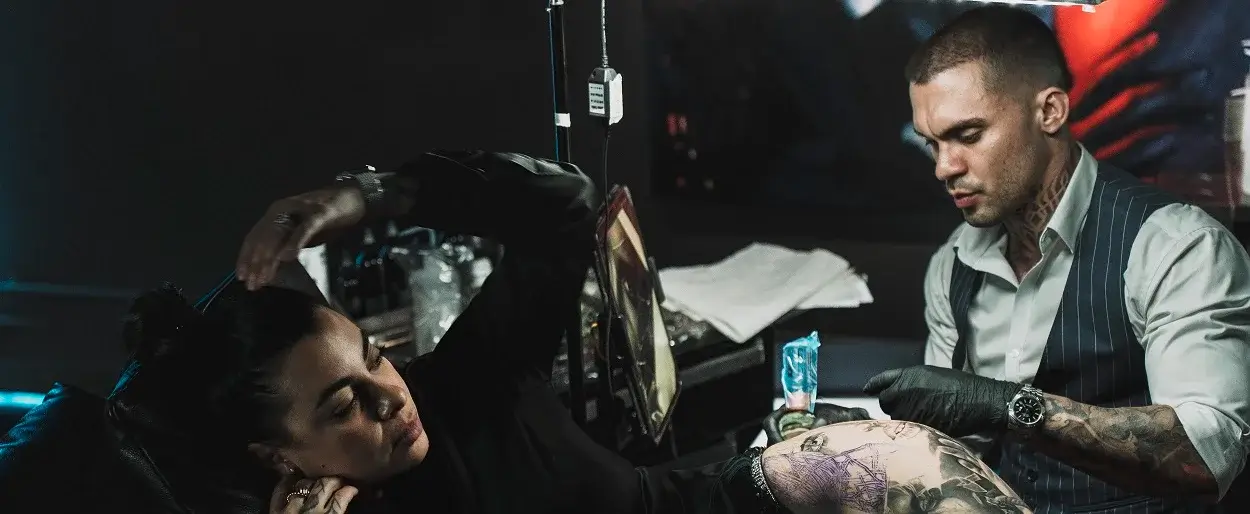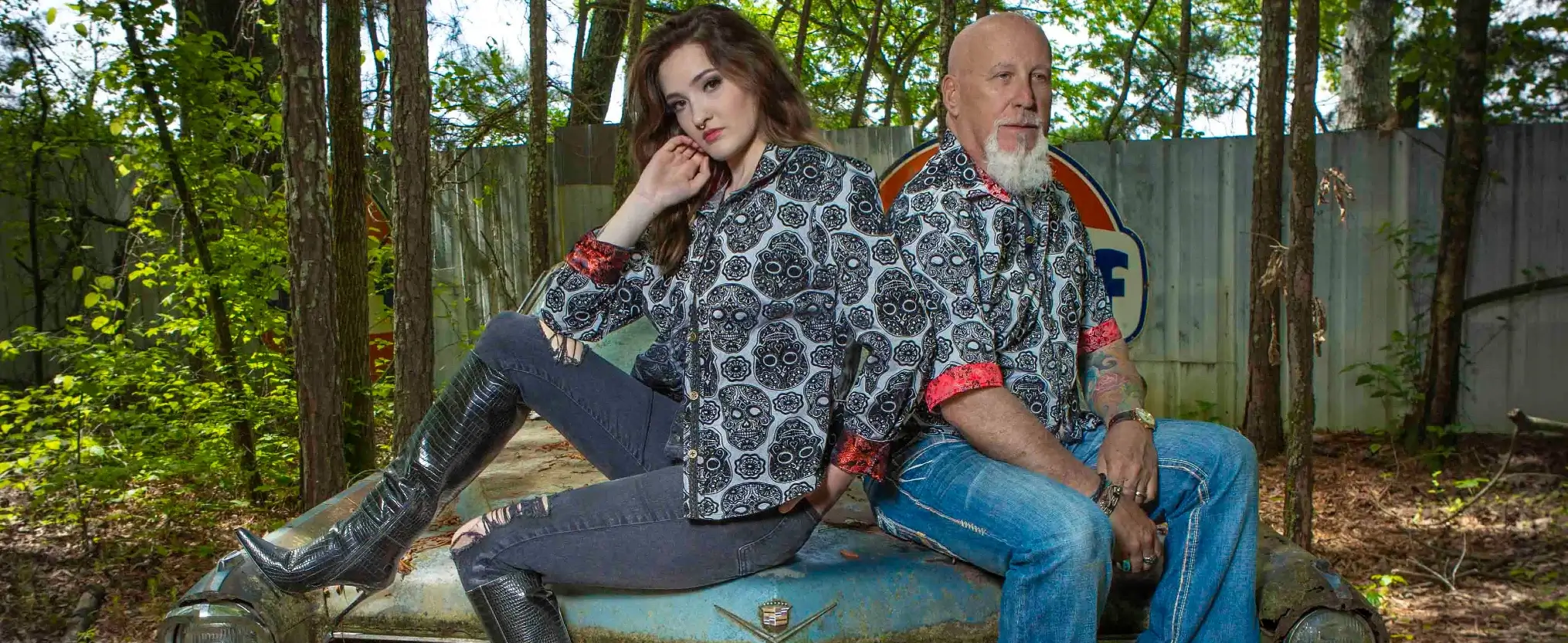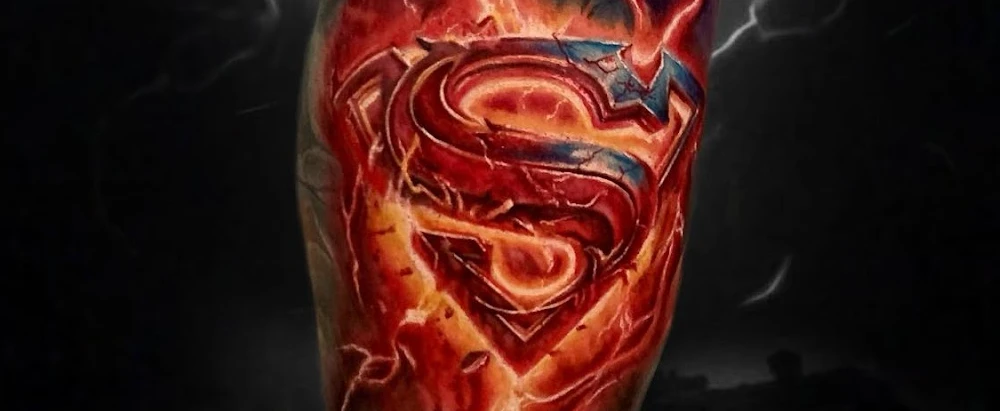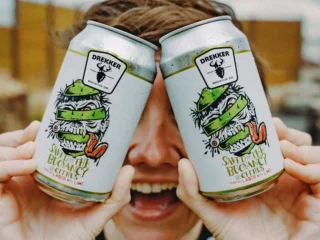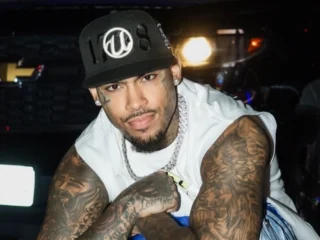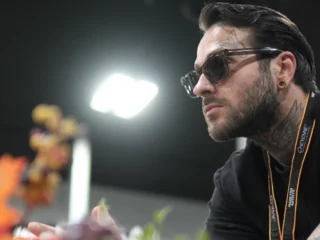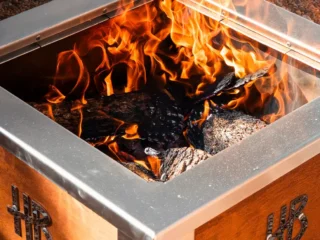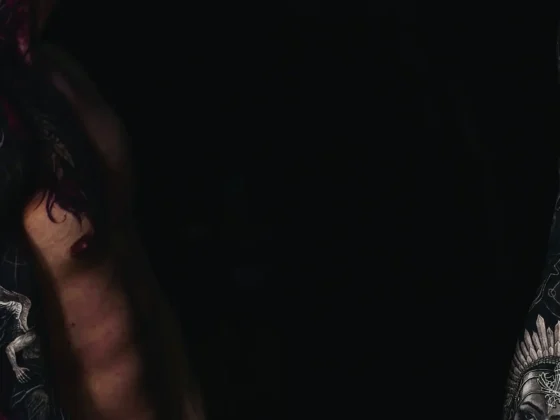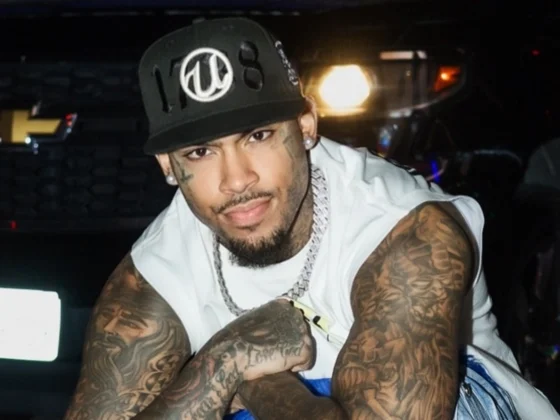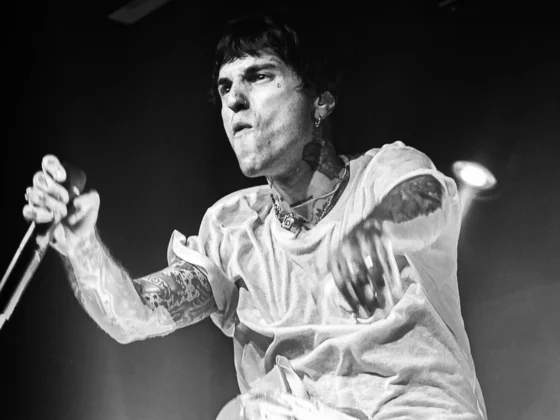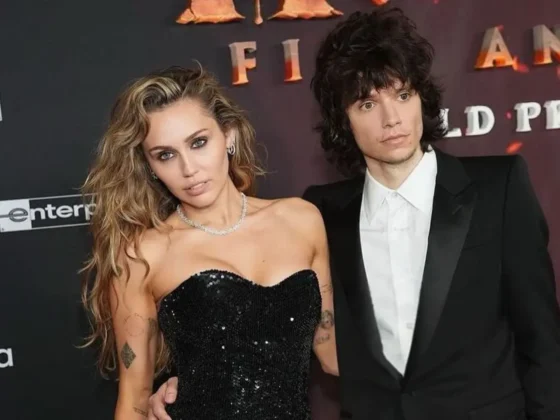Inked Mag Staff
December 9th, 2022
Inking the Immaterial
BJ Betts sits down with entrepreneur Mike Amoia to discuss tattoos, NFTs and the way Inedible combines them both.
By BJ Betts
Photos by Dylan Schattman
Let’s start at the very beginning. Where did you grow up?
First of all, man, I appreciate you doing this. I’m very honored that you’re interviewing me. It should be the other way around. But to answer your question, I was born in Queens. I also grew up in Long Island, and that’s where I met Mike Rubendall, just in the scene in Long Island. It was a hardcore scene, a bunch of kids were getting tattooed back in the day. It was very new, very different. And I was just enthralled with the space. I loved the culture, the connection that people had to other people getting tatted up in the community, building in that subculture.
Rubendall was the first person to put a needle to my skin. And it was like an addiction from there on in. I bought in on the experience and the modification aspect of changing my body and transforming it.
What a great dude to get the first one done by.
Mike was my friend, and then he started tattooing me, and I didn’t realize how big-time he was, you know? Later on, you couldn’t get an appointment with him, and I guess I was grandfathered in. It was crazy. People would say, “How the fuck did you get a tattoo from Mike?”
You’re known now—in the Guinness Book of World Records—for all the insects, but what was your first one from Mike? Did it happen to be a bug or an insect or something?
Yeah, it’s funny, at an early age when I first started getting tattooed, I had this vision and I stuck with it my whole life. So the first tattoo he did on me was on my right forearm. It was a mother ant tattoo, and she was pregnant and she had babies. And they started crawling up my arms. I’ve always wanted to sleeve out my arms with insects. Mike did my whole back, and then he did my head, and they’re all insect tattoos. [The concept] has multiple meanings. There was a pretty traumatic experience I went through as a kid, I don’t really love to talk about it ’cause I’m not really, like, that victim-mentality type of person. I actually appreciate what I went through. I feel like it’s part of my powers now—it’s part of my privilege that I’ve turned it into this energy that gave me drive and focus and passion with everything else I do in life.
That’s what makes tattooing such a personal form of expression and that’s what makes it yours and nobody else’s. Mike was the one who introduced us. You were still with Vidiots doing all your audio/video stuff at the time. Was that your first business venture?
Yeah. So, it’s funny when you talk about Mike Rubendall and me, we kind of followed a similar business trajectory in our lives. Before I started Vidiots, I started my own production company, a post-production company, initially because it was the natural progression. When I met Mike, he was working at DaVinci; he actually jumped my car that didn’t even go in reverse ’cause I was just a broke kid, trying to figure it out, hustling. And then he started Kings Avenue at the same time I started Vidiots.
And then our businesses just took off because, you know what? It didn’t really matter what we looked like. We fuckin’ shook people’s hands. We said we were gonna deliver something and we delivered. Mike had that same mantra. If somebody at Mike’s shop gets a tattoo that they’re not happy with, Mike will step in and fix it. When I jumped into videos, I was a young kid, didn’t know anything about business, didn’t know what the fuck I was doing, and all of a sudden I had these big networks coming in saying, “We want to use your facility and book it for exorbitant amounts of money.” All I had to do was make sure they were happy and I was delivering a good product. I didn’t even know what the fuck I was doing, I was trying to figure it all out. As long as I had those two [priorities] intact, I knew we would last the test of time.

Which brings us to Indelible. I didn’t really know much about the NFT space, and I’m learning more about it. That’s the other thing I love about talking with you, man, you know how to kind of break it down and explain it.
Well, there’s a lot of naysayers, right? And that’s fine. I respect that. I think here’s the thing: Web3, NFTs, they have a stigma around them. So did tattoo culture back in the day, right? That doesn’t mean you shouldn’t try to do something. I think the thing that I love about Web3, first and foremost—if you want to grow as a person, follow nerd culture. Whatever nerds are doing, you should be involved in that because nerds are ahead of the curve, always. Right? Now, it doesn’t mean what they’re doing now is what’s gonna formalize into a foundation down the road, but what it does mean is the fact that there’s a technology built in Web3 that’s really interesting, and this is what I see that’s valuable.
Now, when you take in tattoo culture, you draw the art, and you should get a piece of that monetization down the road. Somebody sells it, it makes a profit, that’s fine, but you should get a piece of that, because you are the original artist, and here’s a platform where you can do so.
But furthermore, the application is not just what people think, like, a one-to-one. You’re drawing art, it’s a digital piece of art, and that’s it. There’s all these real-world applications that we can apply to it. But people who like tangible shit like me… I don’t like digital art. I mean, I appreciate it, but I’m not looking to build a portfolio where I put digital art on my wall. I’m trying to build a business that has a utility to it, and Web3 is necessary for that and helps in the sort of economic structure where everybody wins and community gets built and a brand becomes relevant. So that’s my main objective here with Indelible.
Were you thinking, “What else does this space need?” What was the thought process?
The thought process was funny. I was looking at all these little PFP characters and NFTs, and I was like, they’re really dope. So I was like, yo, these motherfuckers need tattoos on ’em. These guys look so basic. I mean, some of them had tattoos on ’em, but it was like, who drew the tat? I want one with BJ on it. I want one with Rubendall on it. I want some shit that’s badass. So I was like, what if we just—not sell NFTs where you can get a tattoo appointment with BJ, but we take BJ’s art and we put it on a character and we re-drop that as a derivative. Now you have that digital art with your tattoos on it, hand-drawn. So you have a very special piece of art that, one, you, BJ as an artist, can monetize. And two, as a holder, you can actually get access to a real-life utility. Like, we’re doing a collaboration with a big clothing brand, so now you have access to get some free stuff, purchase limited stuff, too, that will become valuable in the aftermarket and build a brand from there over time. So to me it’s kind of touching both points, the creative and then the end user, or the person who’s actually part of the community, all connected into one. And that’s what Web3 is. Web3 is losing the gatekeepers. Get rid of all the gatekeepers. We don’t need them. We can do this all on our own.
Editor's Picks
Bridging Classical Art and Modern Tattooing
Esteban Rodriguez brings the discipline of classical fine art to the living canvas of skin, creating hyper-realistic tattoos that merge technical mastery with emotional depth.
Show Your Ink Fashions Brings Custom Style to Tattoo Culture
Show Your Ink Fashions creates custom shirts designed to showcase your tattoos as wearable art, blending fashion with personal expression.
The Ultimate “Superman” Tattoo Roundup: Just in Time for Superman’s Return to Screens
With Superman’s big return to theaters, fans are revisiting some of the most iconic ink inspired by the Man of Steel.


